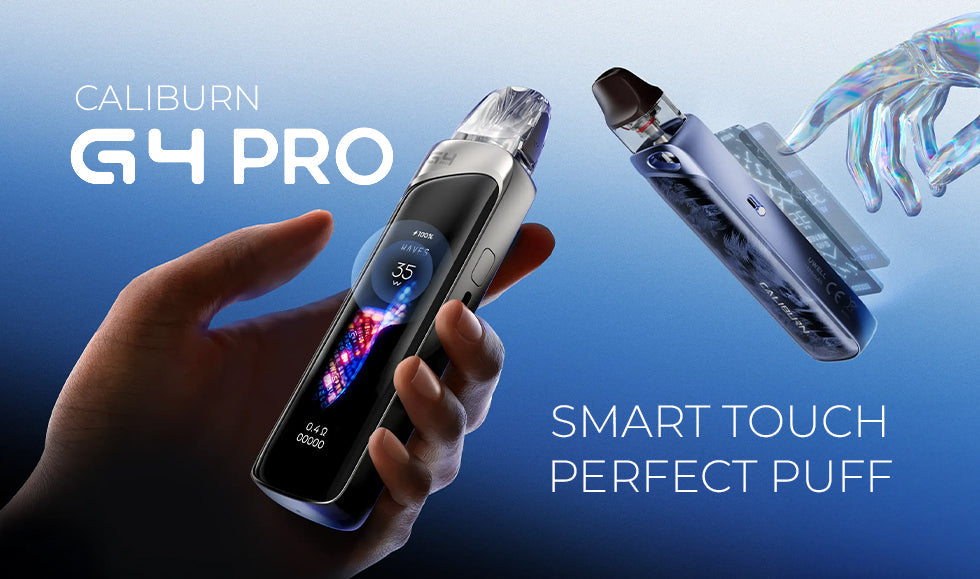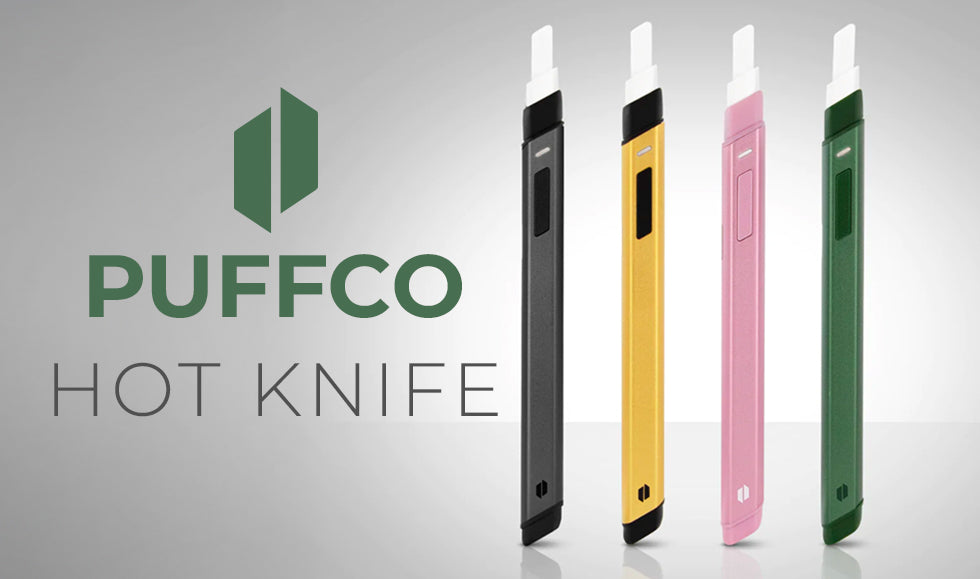The question of, “how much nicotine is in a vape” can vary widely, depending on several factors, including the type of e-liquid or vape juice you use and the nicotine concentration you select. Nicotine concentrations are typically measured in milligrams per milliliter (mg/ml) or as a percentage of the total e-liquid volume.
When using a vape, the actual amount of nicotine you consume depends on your vaping habits, including the frequency and duration of your vaping sessions. Vaping devices and e-liquids vary in their efficiency at delivering nicotine, so it's essential to be aware of your nicotine intake.
What is Nicotine and Which Products Can It Be Found In?
Nicotine is a naturally occurring chemical compound that belongs to a class of compounds called alkaloids. It’s primarily found in the leaves of the tobacco plant (Nicotiana tabacum), and it is one of the main psychoactive substances in tobacco products.
Remember, nicotine is an addictive substance and has various health risks associated with its use, particularly when consumed in tobacco products. Long-term tobacco use is a major risk factor for numerous health conditions, including lung cancer, heart disease, and respiratory disorders. Additionally, nicotine addiction can lead to cravings and withdrawal symptoms when attempting to quit, making it challenging for individuals to stop using nicotine-containing products.
Here are some key points about nicotine and the products in which it can be found:
- Tobacco Products: Nicotine is most commonly associated with tobacco products, including cigarettes, cigars, pipe tobacco, and chewing tobacco. When tobacco is smoked or chewed, nicotine is absorbed into the bloodstream, which leads to its psychoactive effects.
- Pre-Filled Disposable Vapes: Nicotine is also found in these devices, and it works by heating the e-liquid/e-juice/vape juice that contains nicotine, among other ingredients. Users inhale the vapor produced, which delivers nicotine to the lungs and into the bloodstream.
- Smokeless Tobacco: Smokeless tobacco products, such as snuff and chewing tobacco, contain nicotine. Users place these products in their mouth, and nicotine is absorbed through the oral mucosa.
- Nicotine Replacement Therapy (NRT): NRT products, like nicotine gum, nicotine patches, nicotine lozenges, and nicotine nasal spray, are used as aids to help people quit smoking. These products provide a controlled and gradually decreasing dose of nicotine to reduce withdrawal symptoms when quitting tobacco.
- Some Plants: Nicotine is not exclusive to tobacco plants. It can also be found in lower amounts in some other plants, such as tomatoes, potatoes, eggplants (aubergines), and green bell peppers. But, the nicotine content in these plants is relatively low and not considered a health concern.
- Insecticides: Nicotine was historically used as a natural insecticide due to its toxic properties. However, its use in this manner has declined significantly in favor of more environmentally friendly alternatives.
What Does the Nicotine Strength of Vape Juice Mean?
The nicotine strength of vape juice refers to the concentration of nicotine present in the liquid used in electronic cigarettes or vaping devices. It’s usually measured in milligrams of nicotine per milliliter of e-liquid (mg/ml). Understanding nicotine strength is important for vapers because it helps them choose the appropriate level of nicotine to satisfy their cravings and preferences while avoiding nicotine overdose or discomfort.
There are the common nicotine strengths you might encounter in e-liquid:
- 0 mg/ml: This means the vape juice contains no nicotine at all. It's suitable for individuals who want to enjoy the act of vaping in a nicotine-free manner.
- 3 mg/ml: A very low nicotine strength and is typically used by vapers who are looking to reduce their nicotine intake or who prefer minimal nicotine in their vape.
- 6 mg/ml: Considered a low nicotine strength, it's suitable for light or occasional smokers who want a small nicotine hit.
- 12 mg/ml: A medium nicotine strength, suitable for those who were moderate smokers or want a moderate nicotine hit.
- 18 mg/ml: Considered a high nicotine strength, it's suitable for heavy smokers or those who want a strong nicotine hit.
- 24 mg/ml and above: These are very high nicotine strengths and are usually not recommended for most vapers. They’re typically used by individuals who were heavy smokers and are trying to quit smoking with the help of vaping.
It is crucial to select the right nicotine strength based on your personal smoking history and how much nicotine you are accustomed to. Starting with a nicotine strength that’s too high if you are not a heavy smoker can lead to nicotine overdose symptoms, including nausea, dizziness, and increased heart rate. Conversely, if the nicotine strength is too low, it may not satisfy your cravings, and you might end up vaping more frequently.
As you become better accustomed to vaping and your nicotine cravings decrease, many vapers gradually decrease their nicotine strength over time, eventually reaching a nicotine-free (0 mg/ml) vape juice if their goal is to quit nicotine altogether. It's always advisable to consult with experienced vapers or professionals at vape shops to help you select the appropriate nicotine strength for your needs.
How Many Cigarettes Are in a Vape?
It's not straightforward to equate cigarettes and vaping because they are different methods of nicotine consumption, and nicotine delivery in general can also vary widely depending on various factors.
So, here are a few key points to consider:
- Nicotine Content: The nicotine content in cigarettes varies, but on average, a single cigarette contains around 12 milligrams of nicotine. However, not all of this nicotine is absorbed by the body, as some is lost through combustion.
- Vaping Devices and E-Liquids: Vaping devices come in various forms, including e-cigarettes and vaporizers, and the nicotine content in e-liquids can vary significantly. E-liquids are typically labeled with their nicotine content in milligrams per milliliter (mg/ml). For example, an e-liquid with 6 mg/ml contains 6 milligrams of nicotine per milliliter of liquid.
- Nicotine Absorption: Nicotine absorption through vaping is influenced by several factors, including the type of device, the power settings, the user's inhaling technique, and the nicotine concentration in the e-liquid.
Given these variables, it's difficult to provide a precise one-to-one equivalence between cigarettes and vaping. Still, some rough estimates suggest that a typical 1 ml e-liquid cartridge with 6 mg/ml nicotine content could be roughly equivalent (in puff vapes) to a pack of 20 cigarettes in terms of nicotine content. Also, 5% Nicotine is what you usually see with salt-based Nic E-Liquids, as this can also be called 50mg of nicotine.





